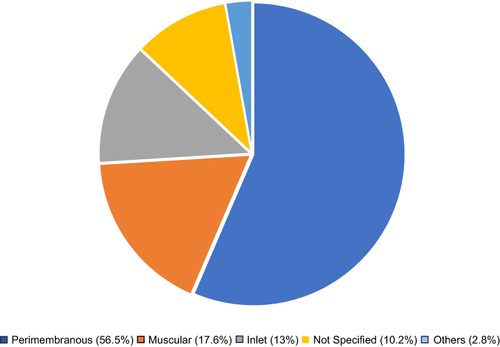Figures & data
Figure 1 Maternal age at conception of DS patients on follow up at TASH.

Table 1 Congenital Cardiac Anomaly Phenotypes Among DS Patients on Follow-Up at TASH
Figure 2 Distribution of congenital anomalies among DS patients on follow-up at TASH.

Figure 3 Types of VSD cases diagnosed among DS patients on follow-up at TASH.

Table 2 Congenital GUS Anomalies Among DS Patients on Follow-Up at TASH
Table 3 Congenital GI Anomalies Among DS Patients on Follow-Up at TASH
Table 4 Logistic Regression Analysis of Predictive Factors for Development of Cardiac Congenital Anomalies Among DS Patients on Follow-Up at TASH
